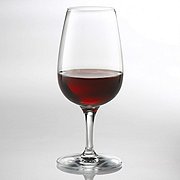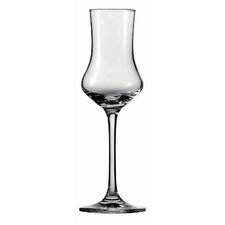
Fortified Wine: What are the differences?Īlthough many people equate dessert wine with fortified wine, these two are different. The intricate process and extensive labor to make most dessert wines lead to them being on the more expensive side. It’s thoroughly regulated and even prohibited in many breweries and appellations throughout the world. As you will need a specific temperature for these fungi to grow, these dessert wines are very sought-after.Īlthough dessert wines have a sweet and high sugar residue, it’s often not allowed to put sugar in the blend. Sauternes and Tokaji belong to this group. Noble rot might be a fungal infection, but it can help the wine to be sweeter. Long fermenting dessert wines such as Port and Madeira are fortified types. This type of wine has more alcohol and much residual sugar. Most of these grapes also have fewer tannins, leading to a less bold and fruity flavor.įortified wines contain a small amount of brandy and alcohol in the blend. This lack of bold hue is due to the more sugar in white wine grapes. It’s not uncommon to think of dessert wines to be light in color. Adding the ice or frozen nature of this wine results in a much sweeter blend. As the wine grapes are riper and more sweetened in the vines, they have more sugar. Ice wines or late-harvested wine grapes are an excellent way to retain many residual sugars in the wine. Most dessert wines come from these types of wine grapes: Although white wine grapes are the standard for dessert wines, there are some well-known red dessert wines such as Zinfandel and Petite Sirah. Most of the time, dessert wines are made with white or late-harvested wine grapes. Along with that, they are also excellent for most creamy and saucy fine-dining menus. They are also a favorite pairing with savory and spicy dishes, as the sweetness can quickly cleanse the palate. Sip can prepare your taste buds for the more savory and tangy dishes for the night. It’s not surprising that these bright, sweet, and refreshing wines are great meal starters. Most dessert wines are part of a fine dining meal’s aperitif and digestif cycle. It offers a less sweet variety while retaining the fruity notes known in dessert wine by limiting the amount of residual sugar. Opting for dry or semi-dry ones can be an excellent option if you are not a fan of overly sweet dessert wines.


Although most dessert wines are sweet, they also vary in taste and texture.


Many find dessert wines to be for people intimidated or not interested in red wine’s intricate and bold taste. It has a large number of them that even leads to fruity and delicious notes. Residual sugar is one of the defining characteristics of dessert wines. It’s where most dessert wines come in.ĭessert wine stands out from the sea of different wine varieties through its distinct sweet taste. Most of the time, an expensive and delicate wine is an excellent finishing touch to any fine-dining meal. Many wine connoisseurs find most dessert wines sought-after. With that said, we will answer what is dessert wine and some styles you can try out. We know you will find this type of wine exciting with its sweet taste and zesty flavors. Dessert wines are an excellent finisher and starter to any fine-dining meal.


 0 kommentar(er)
0 kommentar(er)
